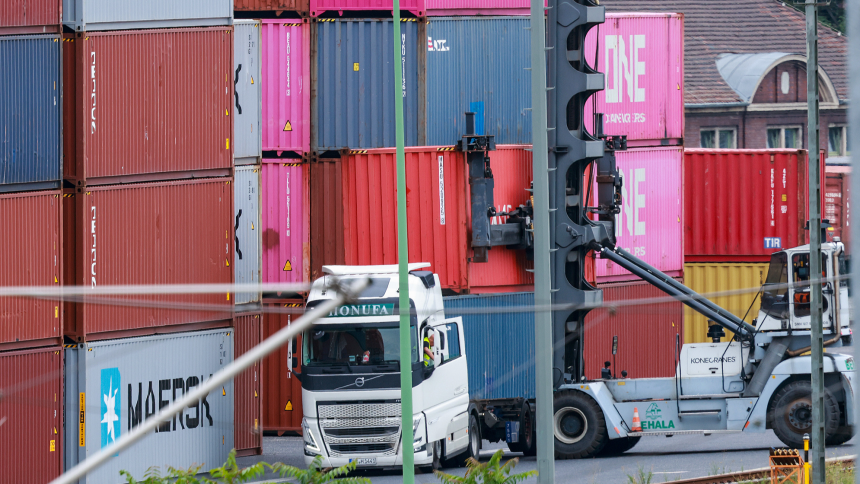The United States and the European Union have reached a major trade deal, easing months of tension between the world’s two largest economic blocs. The agreement, announced after private talks between President Donald Trump and European Commission President Ursula von der Leyen in Scotland, imposes a 15% US tariff on EU goods half the 30% rate Trump had previously threatened.
Trump, who is on a five-day visit to Scotland, described the deal as “a good deal for everybody,” emphasizing its potential to strengthen transatlantic relations. Von der Leyen echoed the sentiment, calling it a “huge deal” after “tough negotiations,” and praised Trump’s leadership and negotiating style.
Key provisions of the deal include zero-percent tariffs on certain products such as aircraft components, chemicals, and some agricultural items. However, the 50% US tariff on global steel and aluminium imports will remain in place. A separate semiconductor agreement is reportedly in the works.
The EU also committed to boosting US investment by $600 billion, with an additional $750 billion earmarked for energy purchases over the next three years. Von der Leyen noted that this investment focused on liquified natural gas, oil, and nuclear fuels would reduce Europe’s reliance on Russian energy sources.
With trade in goods between the EU and US totaling approximately $976 billion in 2024, this deal is seen as a significant development. The US imported $606 billion in goods from the EU last year, while exporting $370 billion an imbalance that has long irked Trump.
While the US expects to gain roughly $90 billion in tariff revenue, European leaders have responded with cautious optimism. Irish Prime Minister Micheál Martin acknowledged increased trade costs, and German Chancellor Friedrich Merz warned against renewed trade conflict. Italian Prime Minister Giorgia Meloni welcomed the deal but awaited further details.
As President Trump continues his tour of Scotland including a ribbon-cutting at a new golf course in Aberdeen—British Prime Minister Keir Starmer is scheduled to meet him on Monday. With the largest trade deal in history now on the books, both sides are positioning the agreement as a win, even as details continue to unfold.

